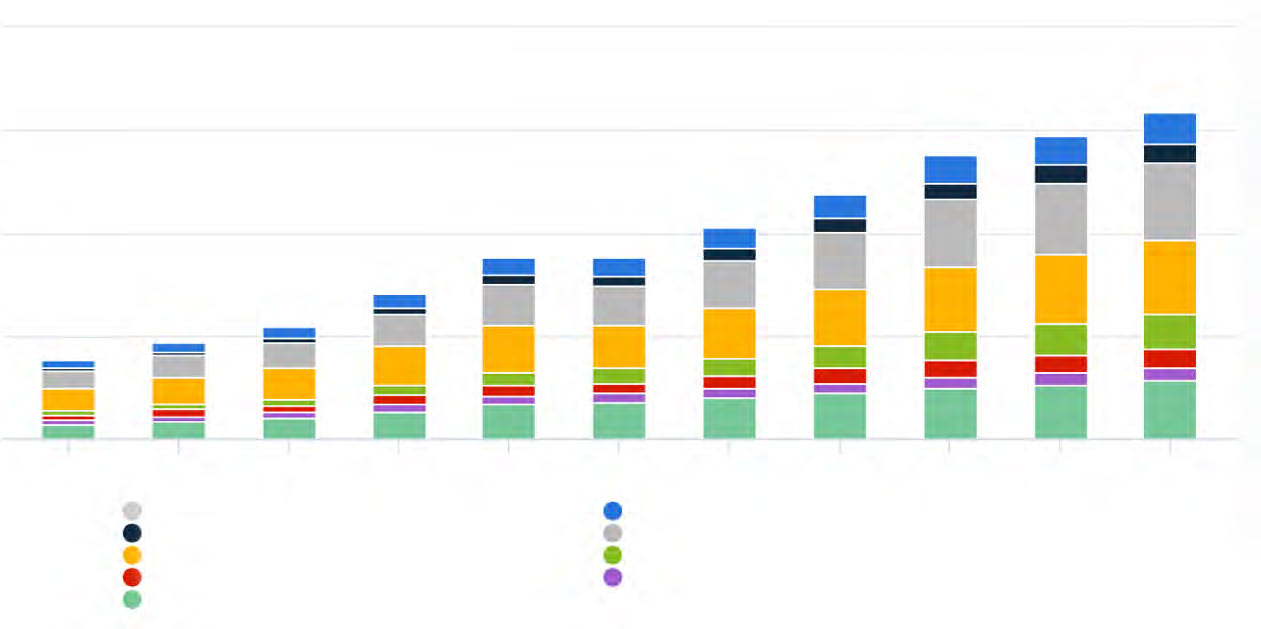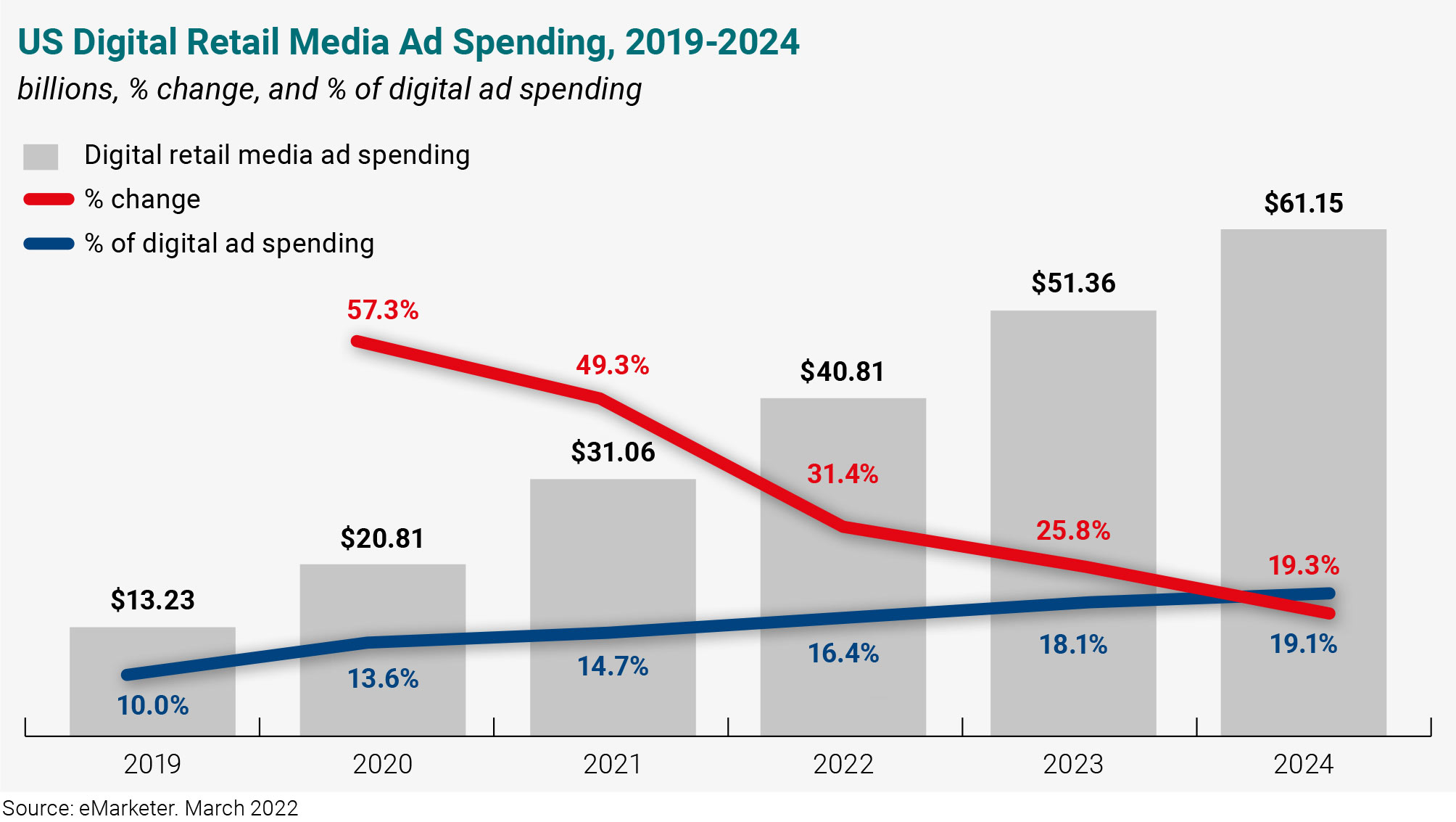Error: Contact form not found.


In today’s rapidly evolving digital landscape, brands are continuously seeking ways to stay ahead of the competition and engage with their customers effectively. Omnichannel marketing has emerged as a powerful strategy to create seamless customer experiences across various touchpoints.
According to research by Upland BlueVenn, today’s ‘hybrid consumers’ interact with brands across an average of 20 touchpoints or channels – websites, social media platforms, mobile apps, TV, print, OOH and more. As a result, the way consumers make purchase decisions has also become more complex – and is
becoming increasingly more so as new media channels keep getting added to the mix.
So, simply implementing omnichannel marketing is not enough. Brands must also invest in measuring its effectiveness to gauge the impact of their marketing efforts across different online and offline channels and optimize their strategies accordingly. This article explores three key reasons why omnichannel marketing effectiveness measurement has become increasingly important for brands.
In today’s rapidly evolving digital landscape, brands are continuously seeking ways to stay ahead of the competition and engage with their customers effectively. Omnichannel marketing has emerged as a powerful strategy to create seamless customer experiences across various touchpoints.
According to research by Upland BlueVenn, today’s ‘hybrid consumers’ interact with brands across an average of 20 touchpoints or channels – websites, social media platforms, mobile apps, TV, print, OOH and more. As a result, the way consumers make purchase decisions has also become more complex – and is becoming increasingly more so as new media channels keep getting added to the mix.
So, simply implementing omnichannel marketing is not enough. Brands must also invest in measuring its effectiveness to gauge the impact of their marketing efforts across different online and offline channels and optimize their strategies accordingly. This article explores three key reasons why omnichannel marketing effectiveness measurement has become increasingly important for brands.
The pandemic fundamentally transformed consumer behavior and accelerated the shift towards online shopping, with e-commerce experiencing exponential growth. ccording to Statista, global e-commerce sales are projected to reach a staggering $4.11 trillion in 2023. Revenue is expected to show an annual growth rate (CAGR 2023-2027) of 11.51%, resulting in a projected market volume of US$6.35tn by 2027.
This surge in online sales has compelled brands to re-evaluate their marketing strategies and prioritize digital channels.
Till a few years ago, online represented a very small proportion of overall sales, especially in industries such as CPG and retail. Brands did not consider it significant enough to measure the impact of marketing and promotions on online sales. With online sales now accounting for a much larger share of consumers’ wallets, brands measuring only offline impact risk understating the Return on Investment (ROI) of their marketing. Omnichannel marketing effectiveness measurement is now critical to get a comprehensive view of advertising ROI.


Retail media advertising, also known as e-commerce media, has gained significant traction in recent years. It refers to advertising opportunities within online marketplaces, and includes both pureplay e-commerce marketplaces such as Amazon, eBay, Flipkart, Rakuten etc. as well as e-commerce sites of traditional offline retailers such as Walmart, Target, Carrefour and others.
With a significant proportion of sales shifting online, e-retailers started selling ad space to monetize the real estate on their channels for advertising. Retail advertising in the US has grown from just $13.23 billion in 2019 to $40.8 billion in 2022, and is expected to cross $61 billion in 2024 representing more than 19% of total US digital ad spend. E-commerce sites offer advertisers a captive audience of shoppers with a very high ‘intent-to-purchase’ (e.g. a consumer who is on the site to buy a specific category of product or even a specific brand) and high Return on Ad Spend (ROAS).


With retail media becoming such a significant part of the advertising mix, it has become critical for brands to measure the effectiveness and impact of their retail advertising spends – not just on online sales but also on brick-and-mortar sales as well.
As consumers increasingly interact with brands via multiple channels, advertising on one channel has the potential to impact sales via another. For example, according to a white paper by WARC, nearly two-thirds (61%) of US shoppers start their product searches on Amazon, even if they end up purchasing elsewhere.

In a rapidly evolving marketing landscape, brands often employ a mix of online and offline marketing and promotion activities to engage with their target audience. For example, a brand may run a television commercial, promote their products through social media campaigns, and offer in-store promotions simultaneously.
Understanding the interactions and impact of these activities – potential cannibalization or halo effects – in an omnichannel framework is crucial to accurately measuring marketing effectiveness.
For instance, if a brand heavily promotes a product online, it may impact sales from physical stores. On the other hand, the halo effect of a compelling television commercial can drive online sales and increase brand recognition.
By understanding these dynamics, brands can make informed decisions about resource allocation, messaging consistency, and channel optimization.


Investing in the right omnichannel marketing effectiveness measurement solutions can enable brands to gain insights into how different marketing channels and promotional activities influence sales across various online and offline channels. Measurement techniques such as Marketing Mix Modeling (MMM) can help navigate the current complex landscape by providing a holistic view across all media and retail channels without the need to track consumers. At the same time it is important for marketers to understand the cross-channel and within-channel dynamics at play e.g., impact of Influencer marketing on search to get a full view of marketing’s role in the consumer journey to driving sales.
Analytic Edge’s portfolio of omnichannel analytics solutions will help you uncover both the cross-channel and within-channel effectiveness of marketing spend. Our SaaS solutions like DemandDriversTM are built for the new omnichannel marketing landscape to be scalable and deliver insights at speed. DemandDriversTM can help identify incremental sales, isolate media channel effect, demonstrate online and offline synergies and analyze branding vs. sales conversion effects – all while prioritizing privacy.
Investing in omnichannel measurement solutions enables brands to gain insights into how different channels influence sales.
Analytic Edge is a global analytics company that leverages technology and advanced analytics to help companies make data-based marketing decisions. The company’s flagship platform Analytic Edge Qube offers a suite of marketing analytics solutions with a Software as a Service (SaaS) model. The solutions include DemandDriversTM for always-on Marketing Mix Modeling (MMM), SynTestTM for AI powered Test and Learn, PriceSenseTM for pricing and promotion analytics, and PowerViewTM for analytics visualization. Analytic Edge works with clients across industry verticals such as e-commerce, mobile apps, gaming, consumer packaged goods, retail, automotive and many others. The company has offices in Singapore, India, US, Mexico, Brazil, UK, China, Japan, South Korea, UAE and Australia.